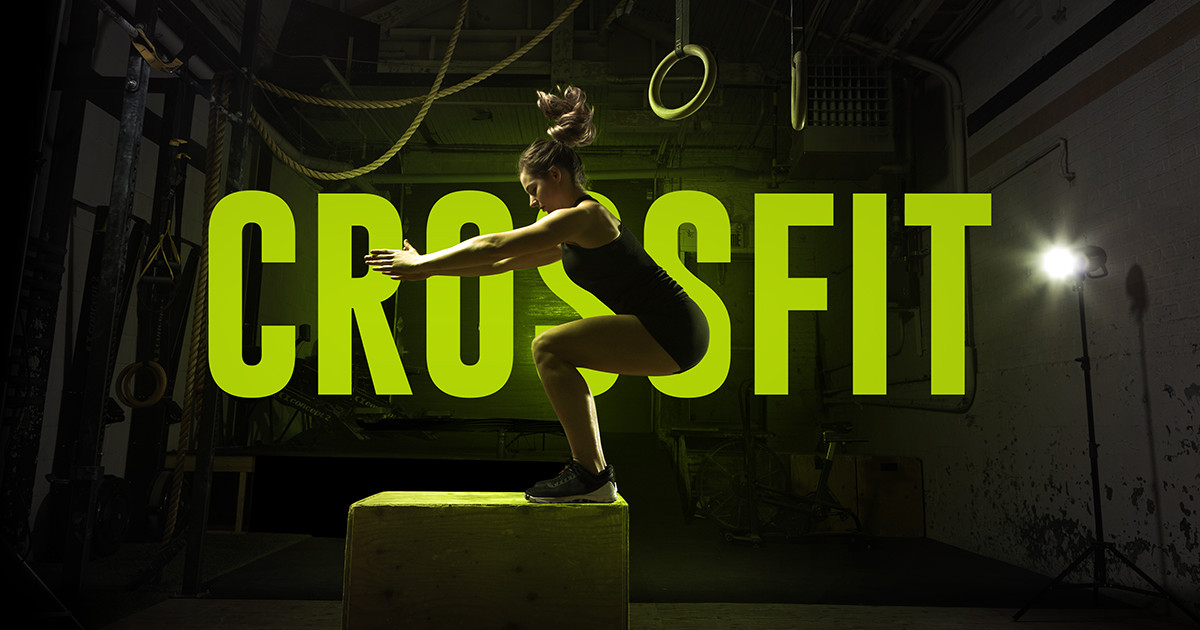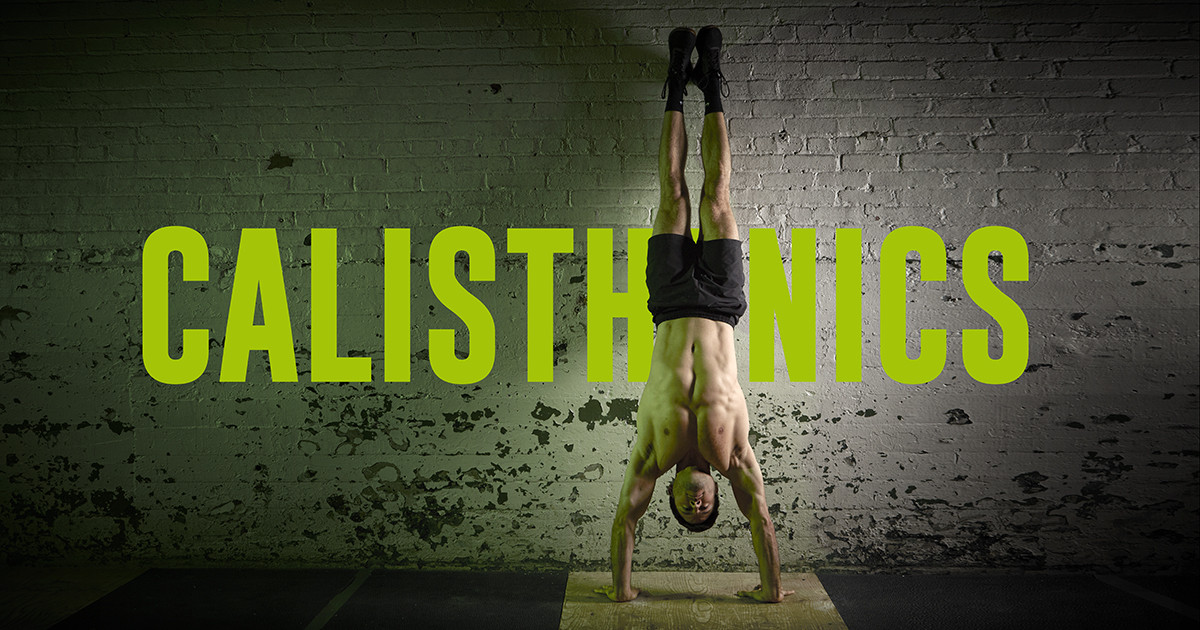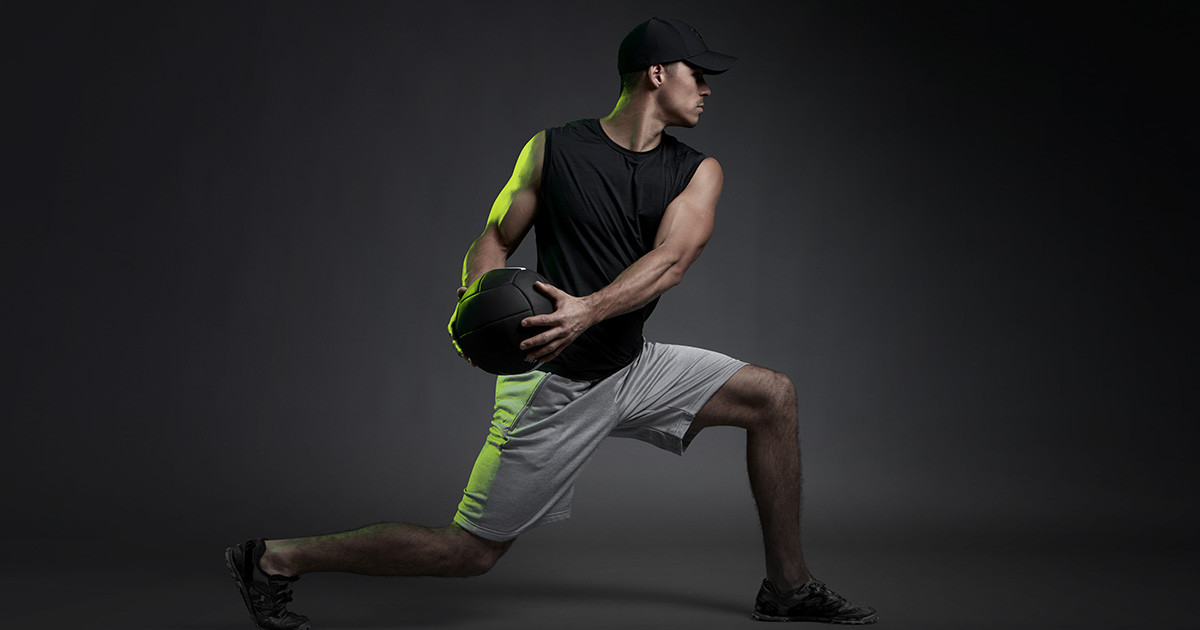Do you really know CrossFit?

Because Metcon isn't a Transformer and Angie is more than a Rolling Stones song, Studiogym has prepared a short article to demystify some terms used in the world of CrossFit.
Inspired notably by athleticism, gymnastics, and weightlifting, CrossFit is a type of training that is varied, intense, and focused on functional movements. One of its objectives is to prepare you for any and all circumstances. It can be practiced in a group with a coach, or performed solo with a program. In a group, this type of training fosters camaraderie, motivation, and satisfaction. Doing it solo, one is above all focused on breaking their own boundaries. Here is an overview of some terms commonly used in CrossFit.
WOD
WOD (Workout of the Day) is the term used to designate the everyday training programs that can be adapted according to each individual's objectives. Normally, any one WOD is never the same as another, or almost never (see below). Push ups, sit-ups, squats... WODs include everything needed to make you sweat!
Some popular types of WODs
AMRAP: As Many Rounds as Possible. This type of high-intensity training requires you to complete exercise routines as many times as possible in a given time period.
EMOM: Every Minute on the Minute. Start the stopwatch, and at regular intervals (often each minute) restart a set of repetitions of a given exercise. This type of WOD emphasizes your capacity to recover.
RFT: Round for Time challenges you to complete the most repetitions in a routine as quickly as possible. The short period of rest helps to develop muscular endurance over longer periods.
LADDER: One or more movements for which you increase or decrease the workload from one set to the next. Chippers are based on the same principle, but always start with the highest number of repetitions and decrease with each set.
TABATA: Series of high-intensity exercises, alternating 20 seconds of effort with 10 seconds of rest. One of the preferred exercises for losing weight.
Benchmark Girls: units of measure
One of the great attractions of practicing CrossFit is the variety of trainings, which are always different. In contrast, this constant variety becomes an inconvenience when the time comes to measure progress. This is why trainers have developed recurring WODs as benchmarks, which return periodically in the training cycle. The progress of an individual is measured in relation to their performance for the same benchmark girl from the preceding cycle. Each benchmark is developed to measure a different aspect of your conditioning (cardio, speed, power, strength, flexibility, etc.).
Why do they have women's names? Legend has it that, since training makes you feel like a tornado is passing over your body, the exercises are given women's names in likeness to tropical storms.
One example of a benchmark girl:
Angie: 100 pull-ups, 100 pushups, 100 sit-ups, 100 squats; each exercise to be completed as quickly as you can.

Calisthenic Exercises (gymnastics)
A rather scientific term to say that these exercises make you use your own weight for training. They are also called body-weight training.
The hand stand push-up on wall, an exercise that uses body weight.
Metcon
Metcon signifies metabolic conditioning. The expression comes from the Nautilus founder, Arthur Jones, who used it to describe the aptitude to work at an elevated level of intensity over a prolonged period (a level approaching 100% for at least 20 minutes). The concept is to go from one exercise to another with minimal rest, all while maintaining the model of repetitions and the quality of movement. Today, the term sums up high-intensity training.
HIIT
High Intensity Interval Training. Three points that are often associated with HIIT are:
- High intensity (80% or more of maximal cardiac rhythm);
- Periods of rest or of active recovery;
- Normally (although this is not required) used simultaneously for unique activity (running, cycling, swimming).
And that's all the jargon! However, as this is a
growing discipline, the CrossFit dictionary may add some more pages in the
coming years! Don't hesitate to contact us if you stumble upon a term or a type
of CrossFit training that you would like to know more about!

